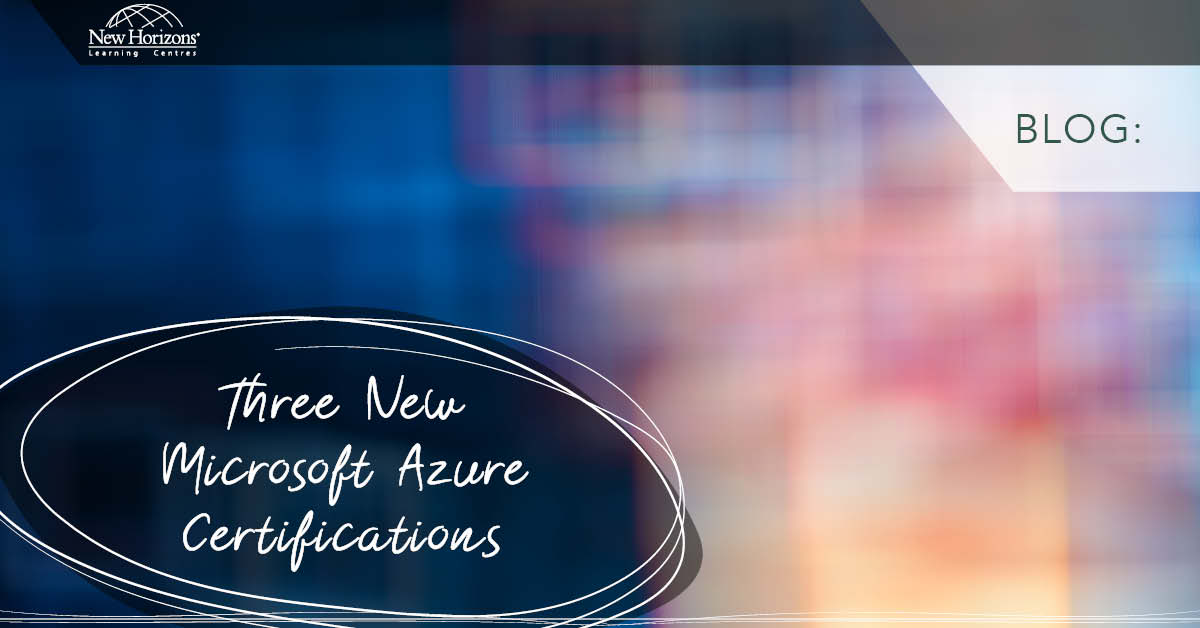
Apr 15, 2014
In this blog post, I will cover the unified messaging (UM) integration between Lync Server 2013 and Exchange Server 2013. In Exchange Server 2013, the UM platform is no longer deployed as a separate role. It can now run on the client access server and mailbox server roles. Exchange Server 2013 unified messaging comes with several new features such as voice mail preview, message waiting indicator, missed call and voice mail notification using SMS, Outlook voice access, and many more. UM combines voice messaging and email messaging into one mailbox that can be accessed from many different devices. Users can listen to their messages from their email Inbox or by using Outlook Voice Access from any telephone. The first step in the process of setting up UM is to create a dial plan for the UM on your exchange server. Dial plans are a set of translation rules that can direct certain phone numbers and extensions to specific locations. A series of certificates are required for the UM integration process. Lync Server 2013 uses certificates to provide encryption and identity authentication. Microsoft has released a series of guidelines to deploy certificates. You need a trusted third-party certificate on your Lync servers, Client Access servers, Mailbox servers, Mediation servers, and media gateways. A non-wildcard 'Subject Name' is required for Lync Server and Exchange to work together. A trusted certificate is required between the Client Access and Mailbox servers, and the VoIP gateways or IP PBXs. You should download and install certificates for each Exchange UM server from a trusted root CA. Once you satisfy the certificate requirements, you will have to run the 'ExchUtil' tool, which is basically a PowerShell script named 'ExchUCUtil.PS1.' This script mainly does two actions:- It grants Lync Server 2013 the required permission to read the Exchange objects from Active Directory, and
- It creates a UM IP gateway object for each Lync Server 2013 pool and then associates the gateways with the dial plans.
%CommonProgramFiles%\Microsoft Lync Server 2013\Support\OCSUMUTIL.exeFinally, you will have to enable users for Exchange UM by using Enable-Mailbox Lync management shell command. A typical syntax is as follows:
Enable-UMMailbox –Identity [email protected] –UMMailboxPolicy “Sydney Default Policy” –Extensions 12345 –PIN 567896 –PINExpired $False
How do your Excel skills stack up?
Test NowNext up:
- They won’t take their shoes off!
- Insert an online video into Word 2013
- Have an eggsellent Easter!
- PowerShell is for infrastructure types...right.
- A new manager’s first conversations
- How to link two lists in Microsoft SharePoint
- ANZAC Day - Lest We Forget
- What's new in Microsoft Exchange Server 2013 SP1
- Customise the Quick Access Toolbar in Microsoft Office
- Dependency Injection in C#
Previously
- 'Revise Contents' – Outlook's hidden gem
- Strategies to sell human services (Part 2)
- Dual boot Windows 8.1 on Windows 7 using Virtual Hard Disk (VHD)
- How to import public holidays into Microsoft Project 2010 calendar
- Scripting in SQL Server 2014
- How to create a custom theme in Office 2013
- Configure Windows Intune for SCCM 2012 R2 – Part 2
- Anatomy of a coach
- Merge layers without flattening in Photoshop
- SQL Server 2014: Now how do I get certified?









